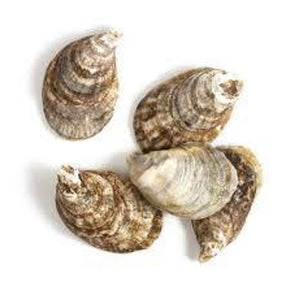
The Wild Oyster Project
Saving Oysters to Save Ourselves.
The Problem
Throughout the world, 85% of native oyster populations have been extirpated. Why is that just so wrong? Well, for one thing, oysters filter water. A single oyster can filter 50 gallons of water a day. In addition, oysters are ecosystem engineers, creating habitat, food and refuge for many other critters like salmon and shorebirds. Lastly, oyster reefs provide a natural barrier to rising tides caused by climate change.
The Solution
The Wild Oyster Project works towards restoring wild oysters in the San Francisco Bay, a shallow estuarine system that once had significant intertidal habitat. Before industrial activities such as filling, dredging, and channelization changed the Bay, millions of oysters, living on expansive reefs, thrived in these areas. Today, only a tiny fraction of the oyster population exists. Enough wild oysters live in the San Francisco Bay to rebuild reefs, but the oysters don't have the hard surfaces such as other oysters to attach to and grow. The Wild Oyster Project is working with local oyster farmers and oyster lovers to recycle oyster shells to build native oyster reefs. We are also partnering with local planners and developers to build sustainable natural habitats to protect against erosion and rising sea levels. Construction of native oyster reefs will help reduce erosion along shorelines while also helping to restore other ecosystem services to the estuary, including filtering the murky waters of our bay.
The Wild Oyster Project's grassroots approach to restoration is a tried and true model that can be replicated throughout the world. Communities are involved from the ground, er, the shoreline, up! Volunteers collect spent shells from restaurants and events, clean them and deliver them to a midden site. After the shells are cured, they are used to build reefs because the thing that a baby oyster loves most is other oysters. During that brief time when spat (baby oysters) can swim around, they are considering the most important decision of their lives - where they will attach. We want to give spat a place to hang their hats. By improving the subtidal environment, our oyster loving communities can take action locally to fight climate change.
Stage of Development
- Early Stage
- Established Prototype
- Scaling
- Other
Organization to Receive Funds
The Wild Oyster Project. We currently have 6 restaurants donating oyster shell to be cured and then used to build oyster reefs. We would like to increase that number to 20. We also have 4 middens (shell mound sites) We would like to increase that # by an additional 3 sites by the end of 2018.





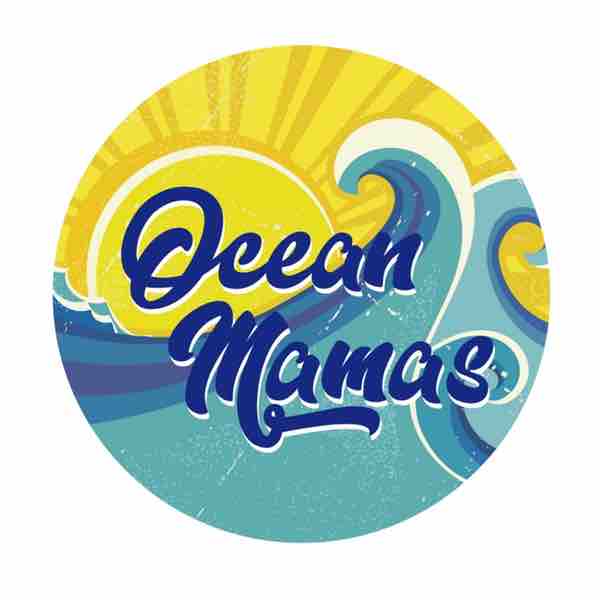
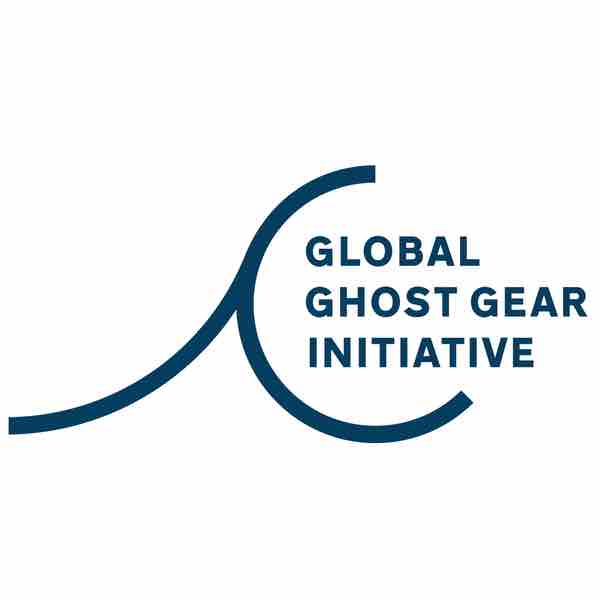
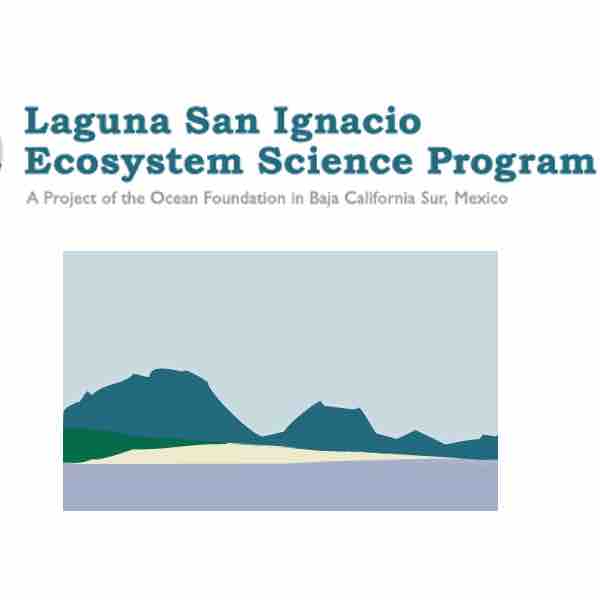
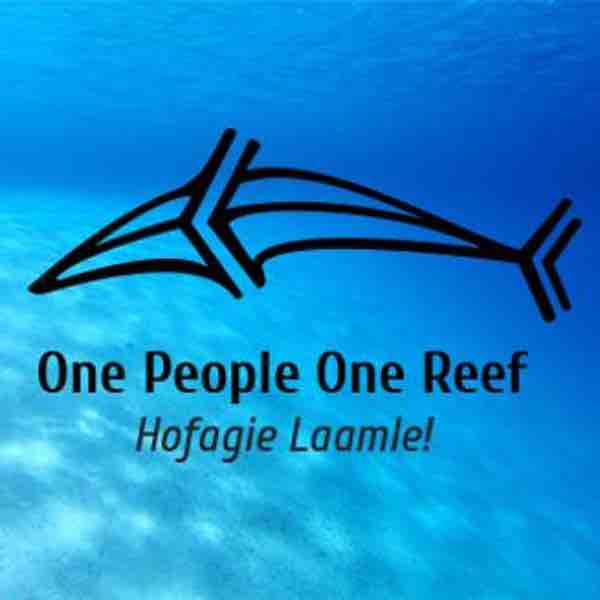
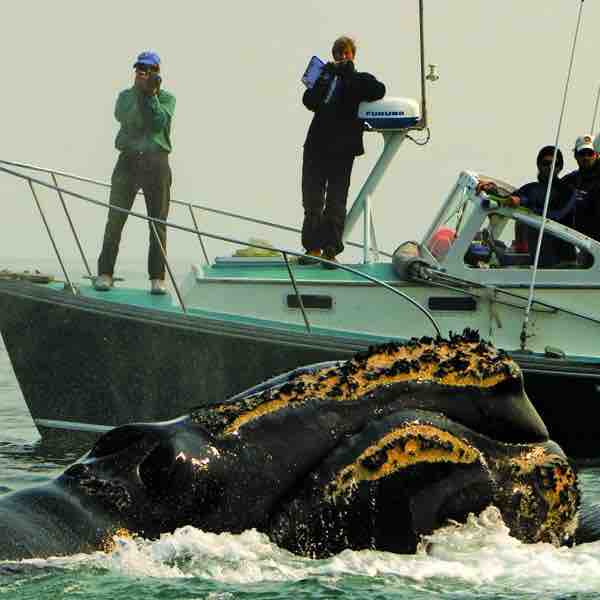

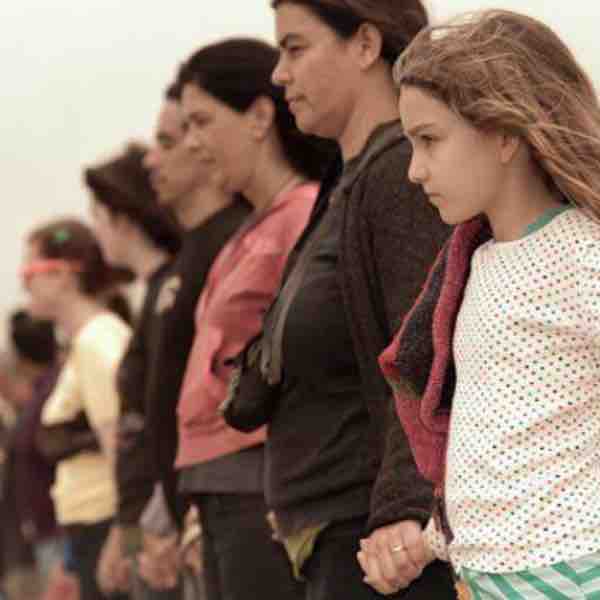
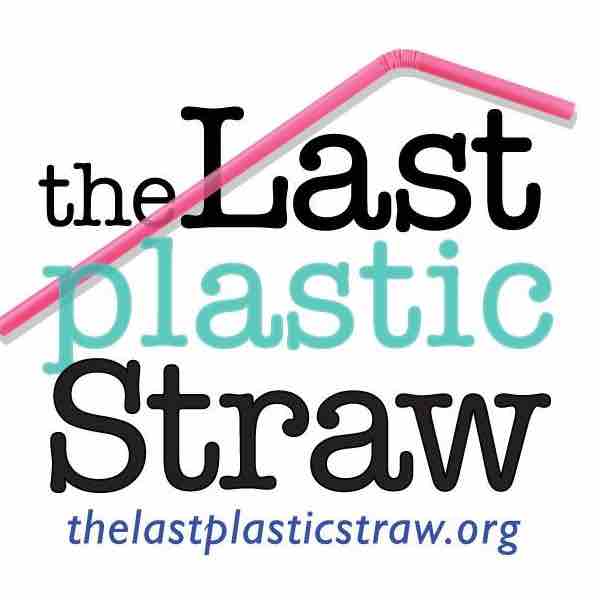
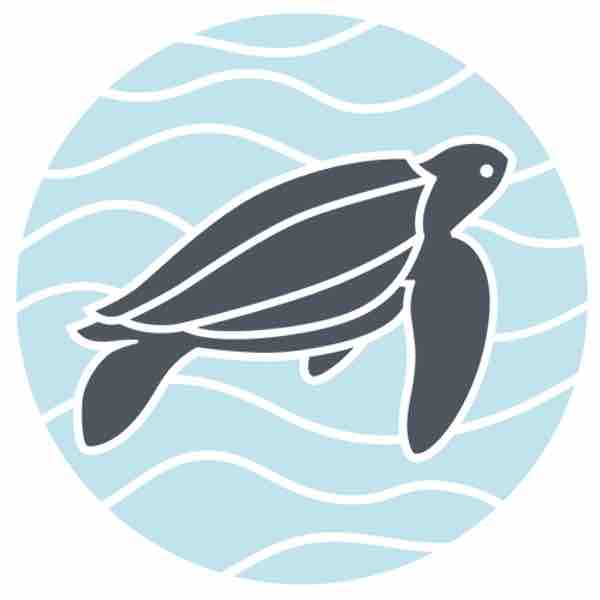
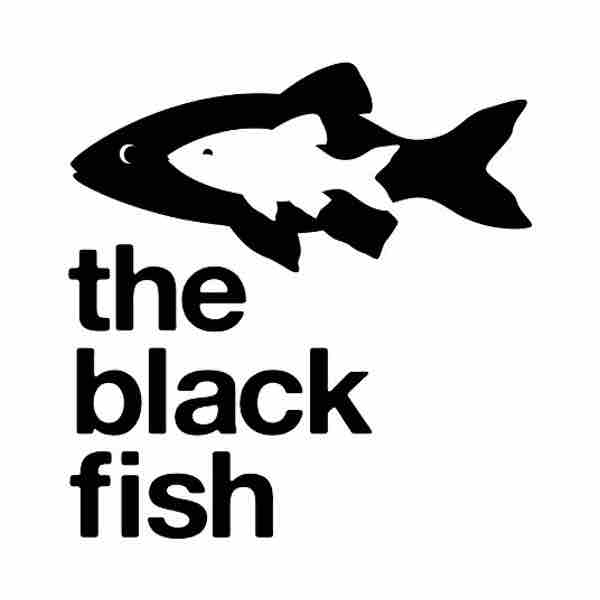

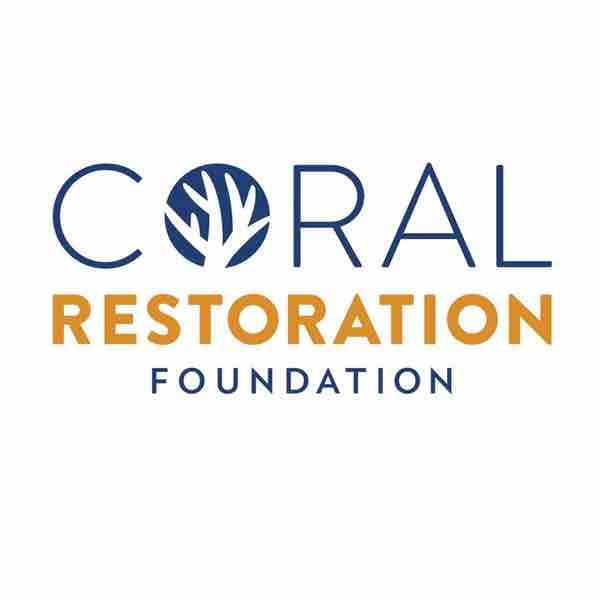
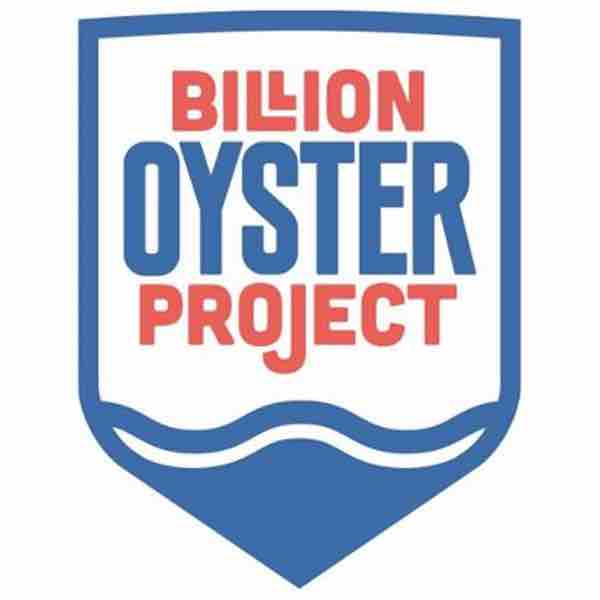
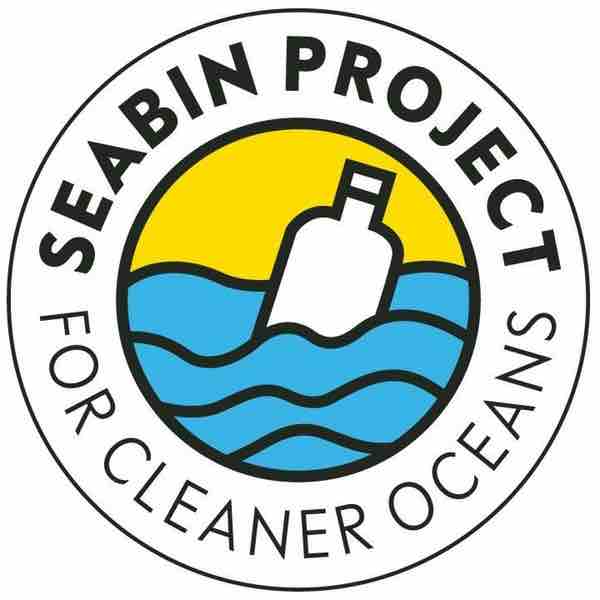
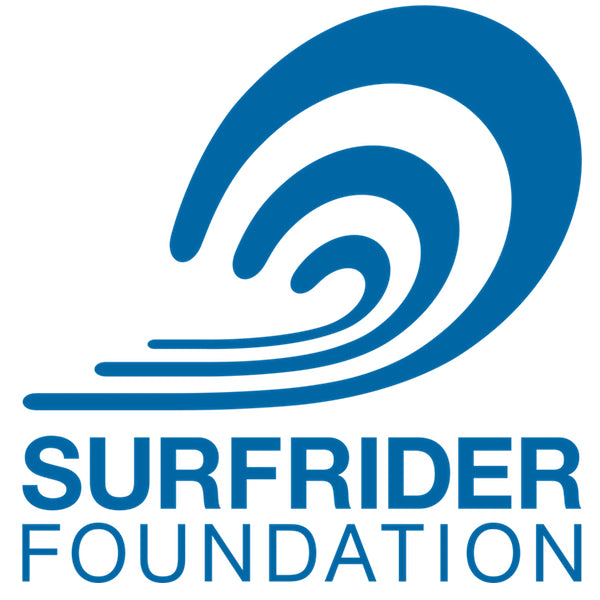
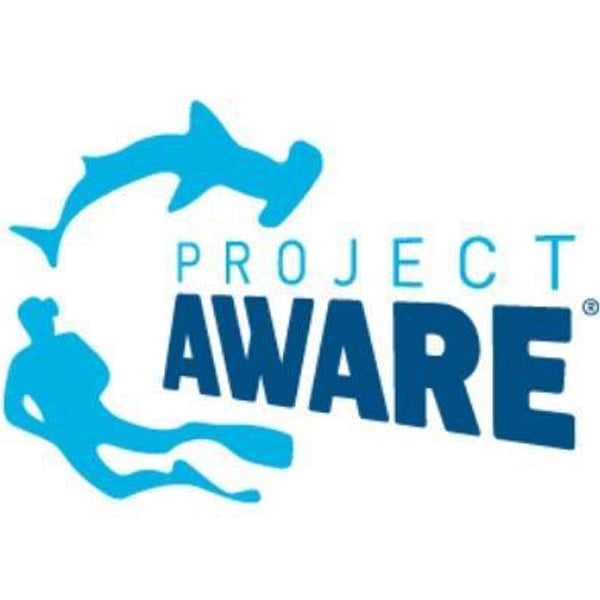

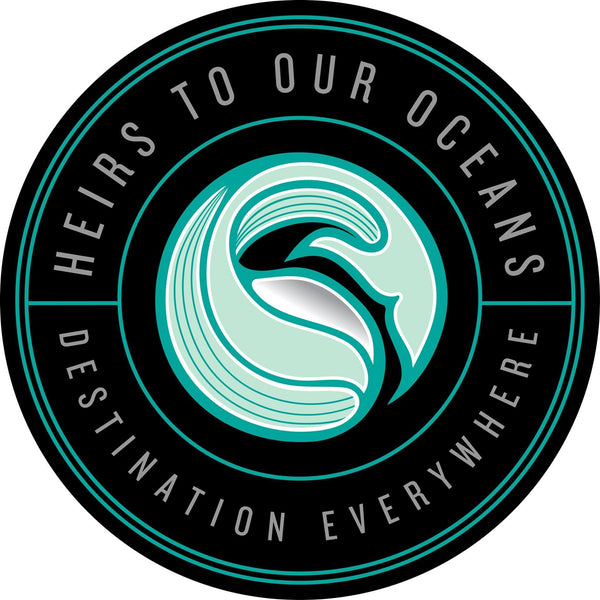
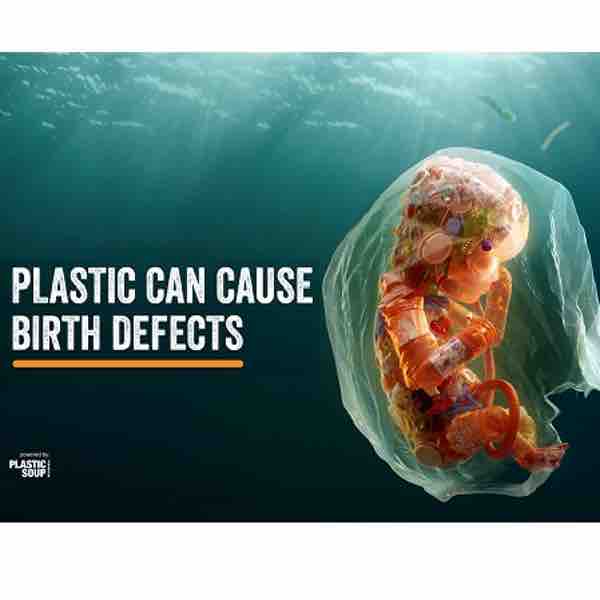
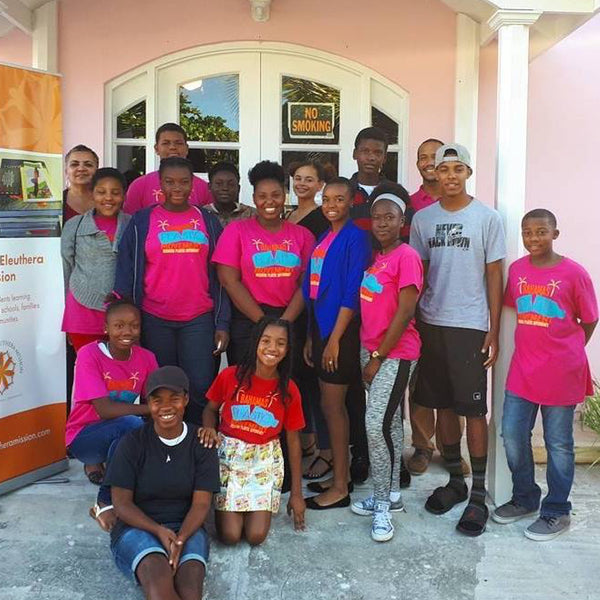

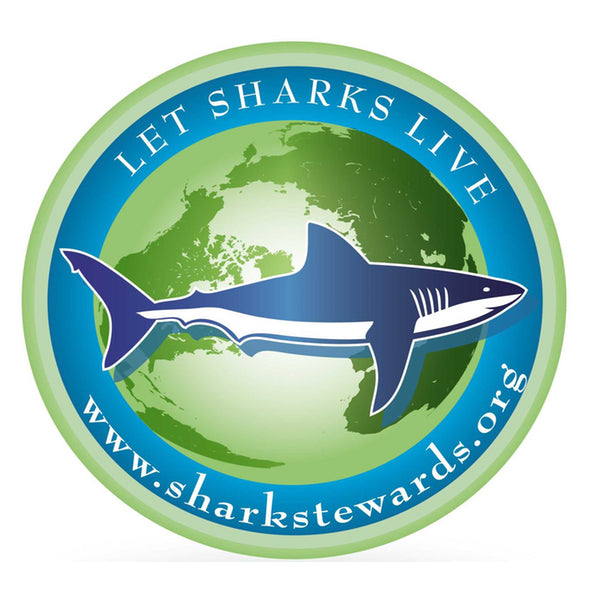
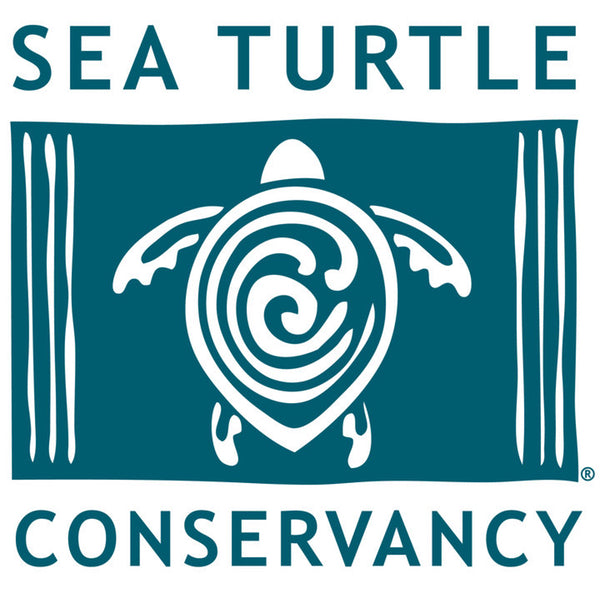
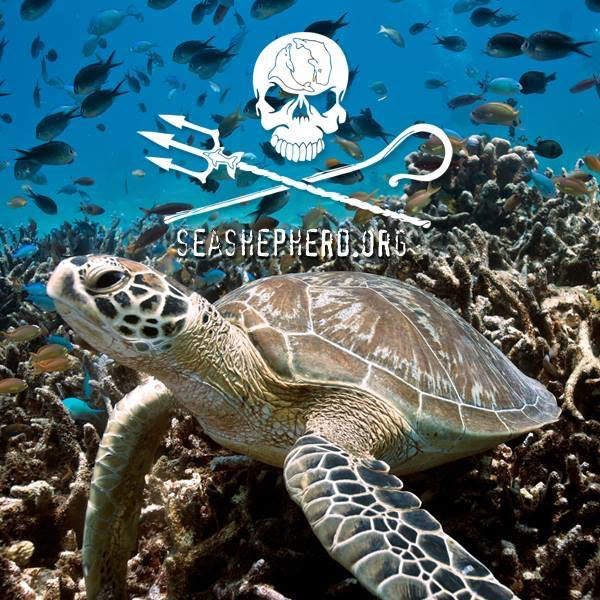
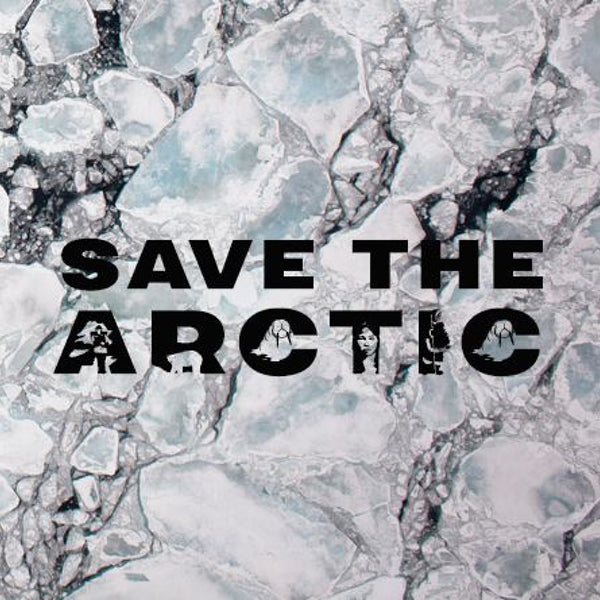
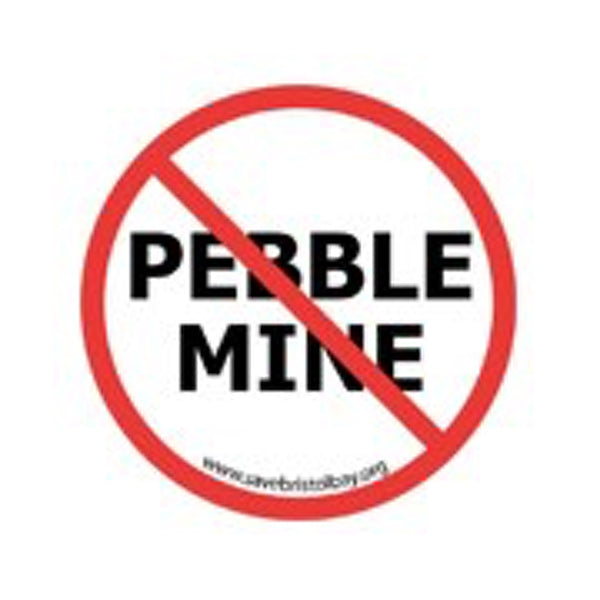
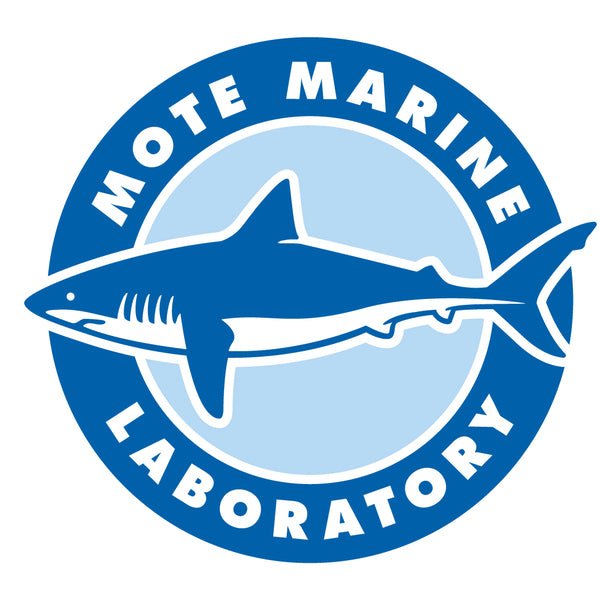
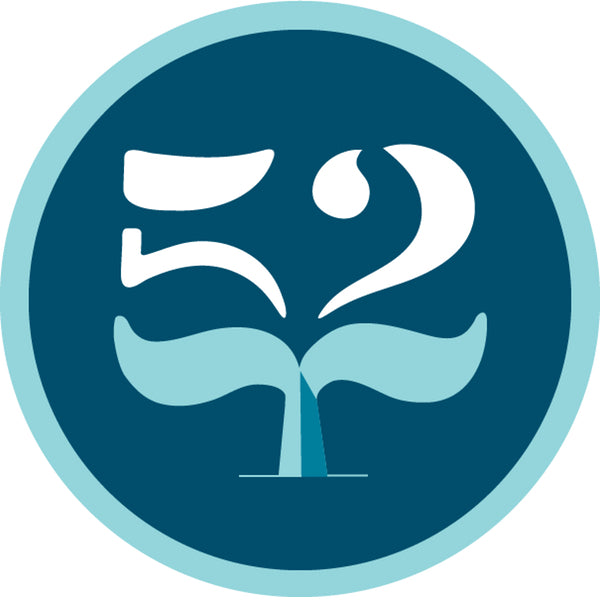
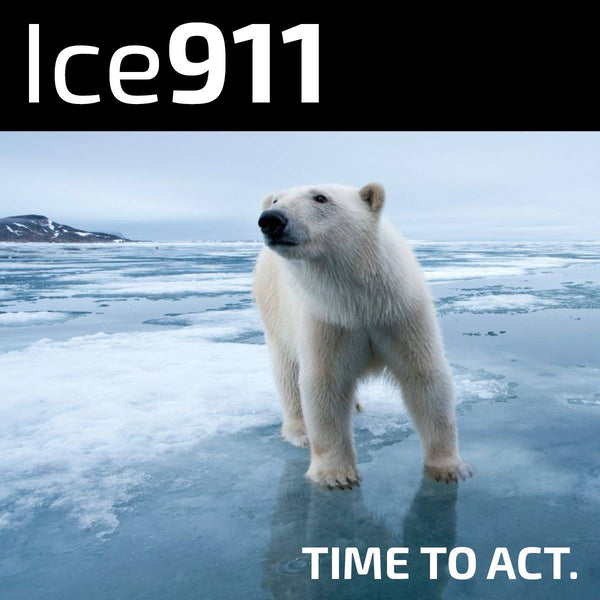
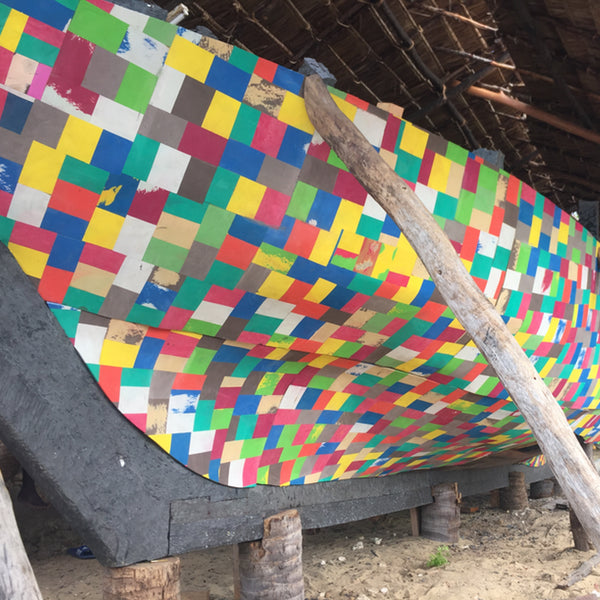
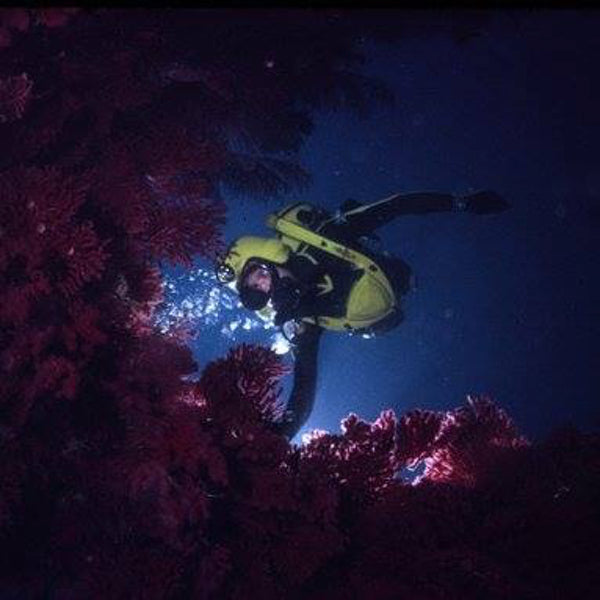
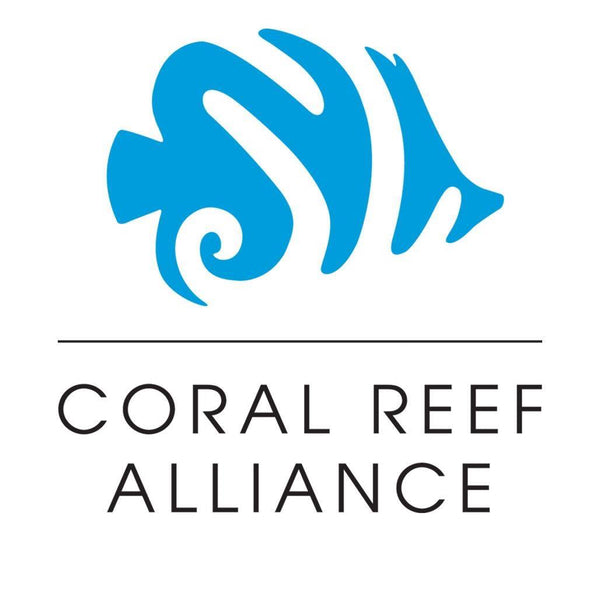
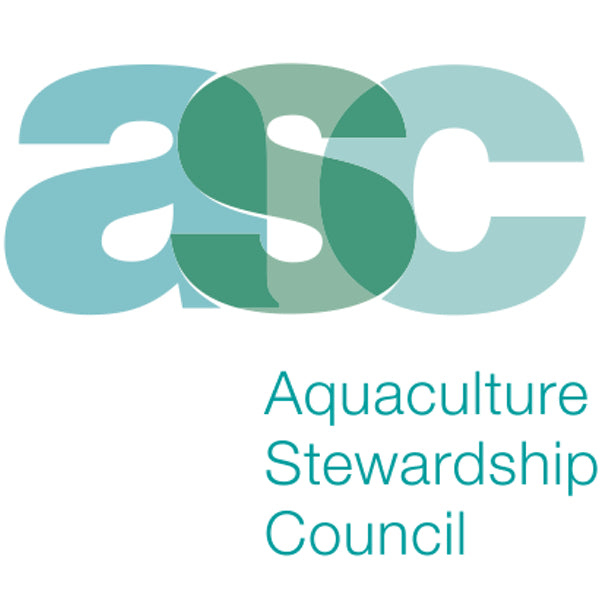
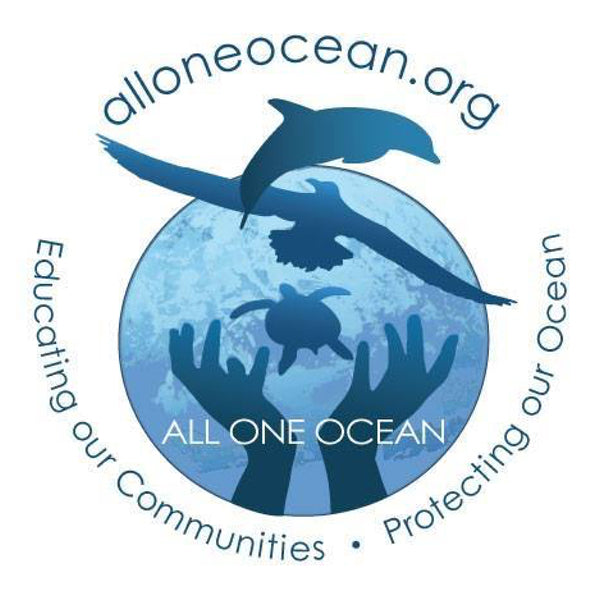
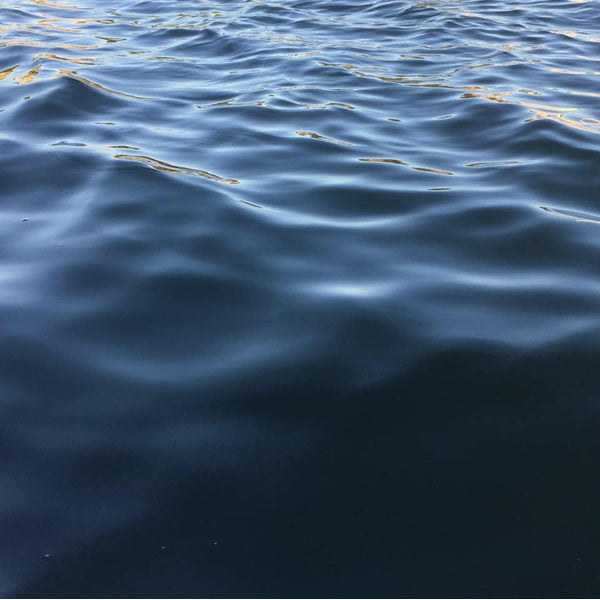
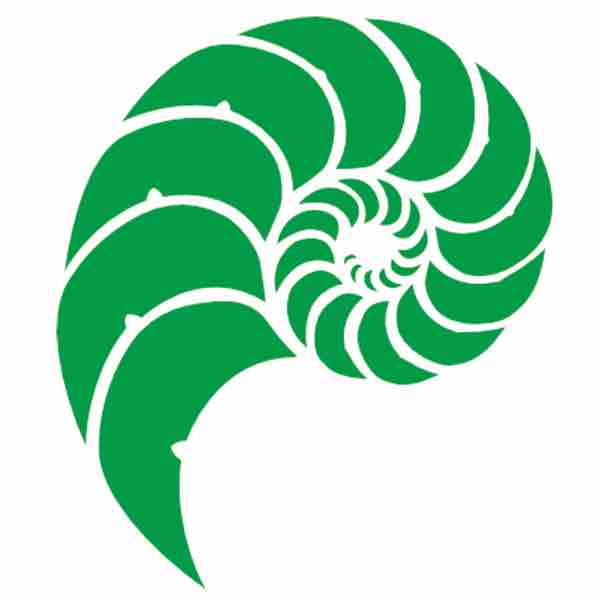
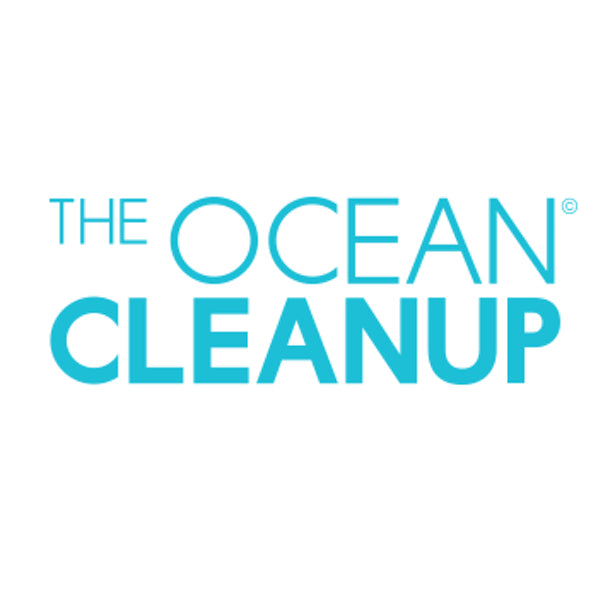
Join The Discussion